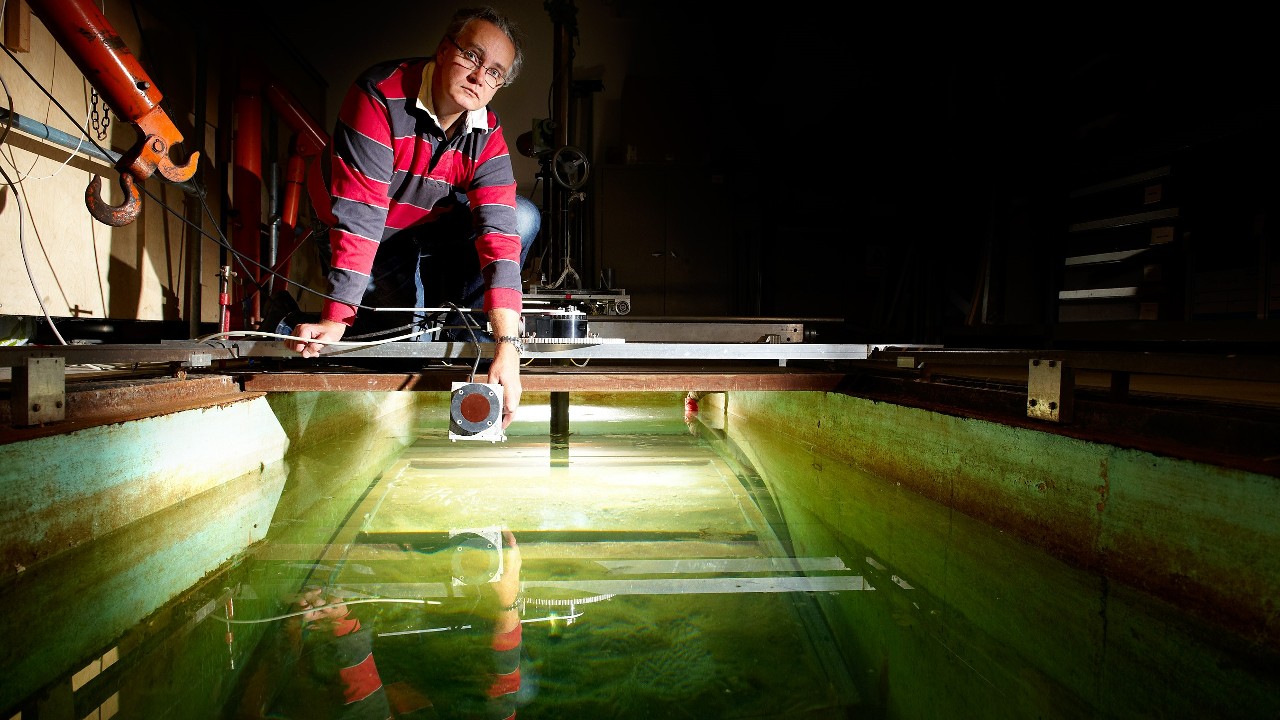The sunlight reaching the Earth’s surface ranges from infrared to visible light to ultraviolet (UV). The latter is infamous for causing sunburn and increased risk of skin cancer. But there are different types of UV, and not all of them deserve this reputation.
Far ultraviolet is the name given to the shortest wavelengths of light within the UV part of the electromagnetic spectrum. Since the late 19th century, scientists have known that UV light can kill viruses. With such short wavelengths, UV damages the genetic material of viruses and bacteria, stopping them from reproducing and infecting cells.
Because of these short wavelengths, far UV rays are absorbed by our outermost layers of dead skin cells and don’t penetrate living tissues, rendering them harmless to humans. We can therefore use UV light to help safely purify water, clean air, and disinfect surfaces.
To do this, however, requires a light source that emits a narrow range of wavelengths. Enter the LED. In 2014, the invention of the high-efficiency blue LED won the physics Nobel Prize. This enabled a new generation of bright and energy-saving white light sources.
Building on this innovation, Dr Philip Shields and his team at the David Bullet Nanofabrication Facility are exploring a new way to make LEDs. Philip's team aims to create high-efficiency ultraviolet LEDs using a process called ‘3D nanostructuring’.
Applying ultraviolet light
Just as visible light can be split into different, individual colours, UV comprises UV-A, UV-B and UV-C. The ozone layer absorbs the latter of these. Light in the far UV-C cannot penetrate human skin, making it harmless to humans, but it can penetrate viruses or bacteria due to its smaller size. Its ability to kill microbes makes it particularly useful for purifying water, sterilising air, and disinfecting surfaces.
The success of these applications depends on maintaining sustainable costs, which are closely tied to the efficiency of LEDs. Energy-saving UV LEDs are crucial for unlocking the full potential of this technology, as they enable us to create safer and cleaner environments across various sectors. More efficient LEDs not only enhance performance but also reduce running costs. This makes them particularly valuable for shorter wavelength, higher energy light sources.
Making LEDs
LEDs, or light-emitting diodes, are made from materials called semiconductors, which can conduct electricity under certain conditions but not others. This makes them ideal for controlling an electrical current.
An LED is constructed by combining two types of semiconductors: p-type and n-type. The p-type semiconductor has an abundance of positive charge carriers (holes), while the n-type semiconductor has an abundance of negative charge carriers (electrons). When these two materials are placed together, electrons from the n-type semiconductor move towards the p-type semiconductor. When an electrical current passes through the LED, these electrons recombine with the holes, releasing energy in the form of light.
Conventional methods grow p and n-type semiconductors in layers, which are sandwiched together. When an electrical current is passed through the superconductor ‘sandwich’, electrons jump across the gap between the layers. As they jump, they lose energy and emit individual particles of light, called photons. The size of the gap between the superconductor layers determines the amount of energy the released photon has, and therefore its wavelength.
Using 3D nanostructuring, Philip and his team can control the size of the gaps between the layers, and therefore control the wavelength of light their LEDs emit.
Thinking in a new dimension
Philip's team uses a process of 'growing' semiconductors to create advanced LEDs. They grow a p-type semiconductor around a nanorod of an n-type semiconductor. This makes a core-shell nanorod – not unlike a battered sausage – which grows in three dimensions instead of two.
The process starts with a solid cube of n-type material, shown in orange in the diagram. Next, a grid of metal mounds is deposited, creating a patterned surface. An electric field accelerated chlorine ions down towards the top of the surface, etching away any areas of the cube not protected by the metal mounds. What’s left behind is an array of n-type pillars. Finally, the structure is placed in a crystal growth reactor, where a p-type semiconductor grows around each n-type pillar, forming the core-shell structure.
Lighting the way
By using their 3D nanostructuring method, Philip and his team have successfully created LEDs that can emit UV-C light. Their research has also proved that p-n junctions can form in cylindrical, core-shell nanorods.
The team’s early evidence suggests the sidewalls of these cylindrical shapes give a larger emitting surface area and emit more light than traditional 2D layers. This means the diode shines brighter when the same current flows through it and provides light more efficiently than current LEDs.
This research marks an important step forward in creating the LEDs of the future, which could efficiently create clean and safe environments for places such as hospitals, manufacturing plants, and water treatment facilities.
This article was written by Ben Dowsett, an undergraduate student in the Department of Physics. It was produced as part of the Science Communication Ambassador project in the Faculty of Science.



